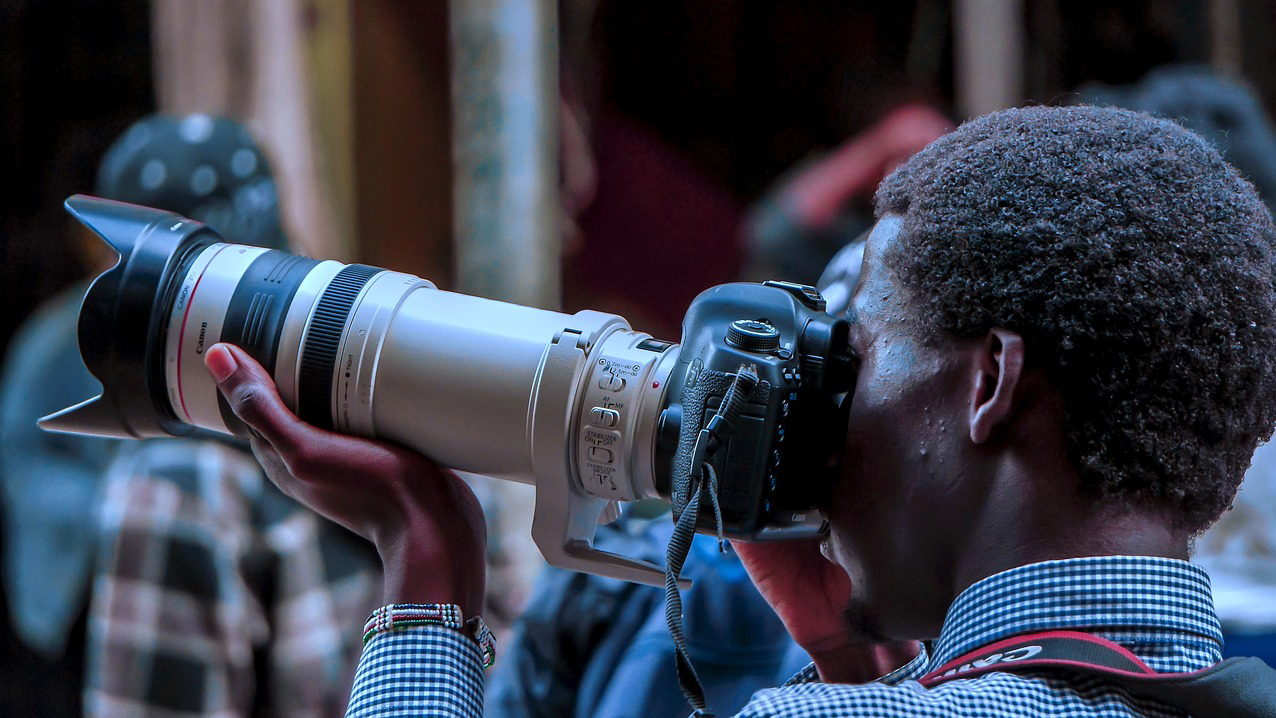With just two and a half years to go, the global community needs to remain focused on current Millennium Development Goal progress. Donors and developing countries should intensify efforts towards the achievement of the goals. This is a guest post from Ben Leo, the Global Policy Director at ONE.
With less than 1,000 days to go until the deadline of the Millennium Development Goals (MDGs), ONE’s flagship DATA Report has a special focus in 2013, tracking how developing countries are progressing on these ambitious targets using the “MDG Progress Index”. The 2013 DATA Report: Financing the Fight for Africa’s Transformation also measures how sub-Saharan African governments are faring against their own spending commitments in three poverty-busting sectors: health, agriculture and education. Finally, it offers recommendations for how the global community can intensify its efforts in a sprint to the MDG finish line.
We’ve uncovered remarkable progress:
- There are 10 sub-Saharan African MDG “trailblazers” and dozens of countries have improved their performance.
- Sub-Saharan African resource flows have quadrupled since 2000, including domestic government expenditures, which account for almost 80% of all available finance. Domestic revenues, foreign investment, donor assistance and remittances are all playing an important role in boosting growth and development.
- Countries that allocate more of their budget to health, agriculture and education are, on average, progressing faster on the MDGs. For example, over the last decade, Burkina Faso spent a whopping 52% of its national budget on these three sectors and is currently on track to achieve four MDG targets (out of eight) and partially on track for another two.
But here’s the bad news:
- Some countries are falling behind on the MDG targets and slowing down regional progress. Nine of the fourteen global “laggard” countries are in sub-Saharan Africa.
- African governments are falling far short of their own spending targets, and this has very real consequences. Take a large country such as Nigeria, which alone accounts for 11% of annual child deaths – if it were to meet its health spending commitment over the next three years, the additional resources could amount to $22.5 billion. This could pay for vaccinations for every single child, anti-malarial bed nets for every citizen, and treatment for every HIV-positive person, saving millions of lives.
- Many donors are also off track in delivering on their promises, such as reaching aid levels of 0.7% of GNI by 2015 and delivering half of those increases to Africa. While aid flows rose dramatically from 2000 to 2010, we have now seen two consecutive years of decline, and, shockingly, sub-Saharan Africa is bearing the brunt of these cuts.

Sub-Saharan African governments and donors must urgently step up to meet their promises. Smart aid investments make a huge difference to the lives of the world’s poorest people, and donors should prioritise funding to mechanisms that best serve the MDGs, such as the Global Fund, the World Bank’s International Development Agency and the African Development Fund; all of which have important replenishments this year.
For investments to be effective they must be strategically targeted, carefully monitored, and – above all – transparent and accountable. Eight years after Gleneagles – another historic moment in the fight against poverty – as the annual G8 Summit is once again hosted by the UK; it is great to see transparency at the top of the global agenda. Transparency enables citizens to hold their leaders to account and demand that resources are used for the benefit of all. This is why budget transparency by African governments and aid transparency by donors is vital.
Tomorrow, the United Nations High-Level Panel will submit its recommendations on what global targets should follow the current MDGs. While the global community looks to the future, it is critical that it doesn’t lose sight of the urgent need to achieve the existing goals in these final 1,000 days. With each and every country that flies past the finish line, countless lives will be improved and the world will be one step closer to ending the absurdity of extreme poverty.






